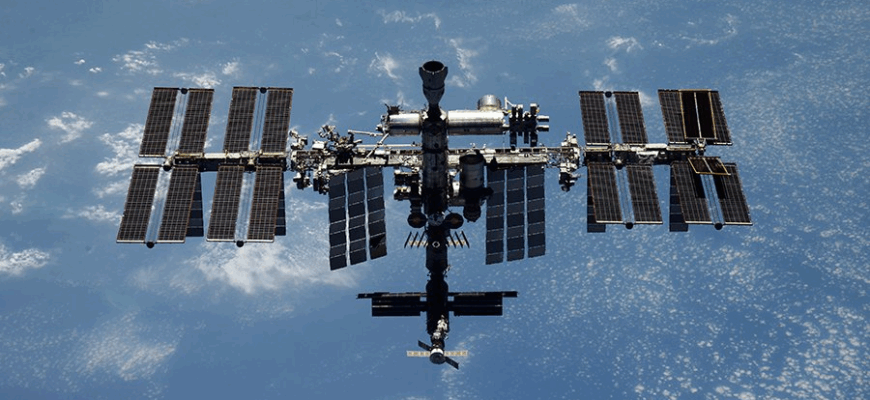The International Space Station (ISS), humanity`s premier orbital outpost, received a subtle yet significant nudge on July 16, 2025. Roscosmos, the Russian State Space Corporation, confirmed that the station`s orbit was successfully adjusted, raising its altitude by 1.93 kilometers. This precise maneuver brings the ISS to a new operational height of 416.8 kilometers above Earth.
The Ever-Present Drag: Why the ISS Needs a Boost
One might imagine an object in space would simply stay there, floating indefinitely. However, even at its cruising altitude of over 400 kilometers, the ISS isn`t entirely free from Earth`s embrace. It constantly battles a faint, yet persistent, foe: atmospheric drag. While the atmosphere at these heights is incredibly thin – far less dense than a perfect vacuum – it`s still enough to exert a tiny, continuous pull on the massive station. This subtle friction acts like a cosmic brake, slowly but surely dragging the ISS closer to our planet.
The rate of this orbital decay isn`t constant. It`s heavily influenced by the Sun`s activity. When our star is more active, it releases more solar radiation, which heats and expands Earth`s upper atmosphere. This expansion pushes denser air higher into space, increasing the drag on the ISS. Consequently, the station can lose anywhere from hundreds of meters to several kilometers of altitude each month. Without regular adjustments, the ISS would eventually dip too low, risking a fiery re-entry into Earth`s atmosphere.
Precision in Orbit: The Role of Progress
To counteract this gravitational tug-of-war, the ISS relies on periodic orbit corrections. These aren`t impulsive, brute-force pushes, but meticulously calculated burns. The recent adjustment, executed at 17:45 Moscow time, was performed using the propulsion system of a docked Russian Progress cargo ship. These uncrewed vehicles, essential for delivering supplies and fuel to the station, also double as orbital tugboats, providing the necessary thrust to boost the ISS back to its optimal operating altitude.
“These orbital corrections are a testament to the continuous, behind-the-scenes work required to maintain a persistent human presence in low Earth orbit,” commented a space operations analyst. “It`s a delicate dance of physics and engineering, ensuring the longevity and safety of this incredible international laboratory.”
A Routine Yet Critical Operation
For seasoned space observers, such announcements are commonplace. Orbit correction maneuvers are a routine part of ISS operations, crucial not only for maintaining altitude but also for optimizing trajectories for incoming and outgoing spacecraft, as well as avoiding potential space debris. Each successful boost underscores the impressive precision and coordination required to keep a multi-national, multi-billion-dollar laboratory humming along in the challenging environment of space.
While less dramatic than a spacewalk or a new crew arrival, these regular adjustments are foundational to the ISS`s ongoing mission. They represent the tireless efforts of ground control teams and engineers across the globe, ensuring that astronauts and cosmonauts can continue their vital research, high above the planet, for years to come. In essence, it`s a cosmic housekeeping chore, albeit one with extraordinarily high stakes and a very distant, yet relentless, cleaning bill from atmospheric drag.








